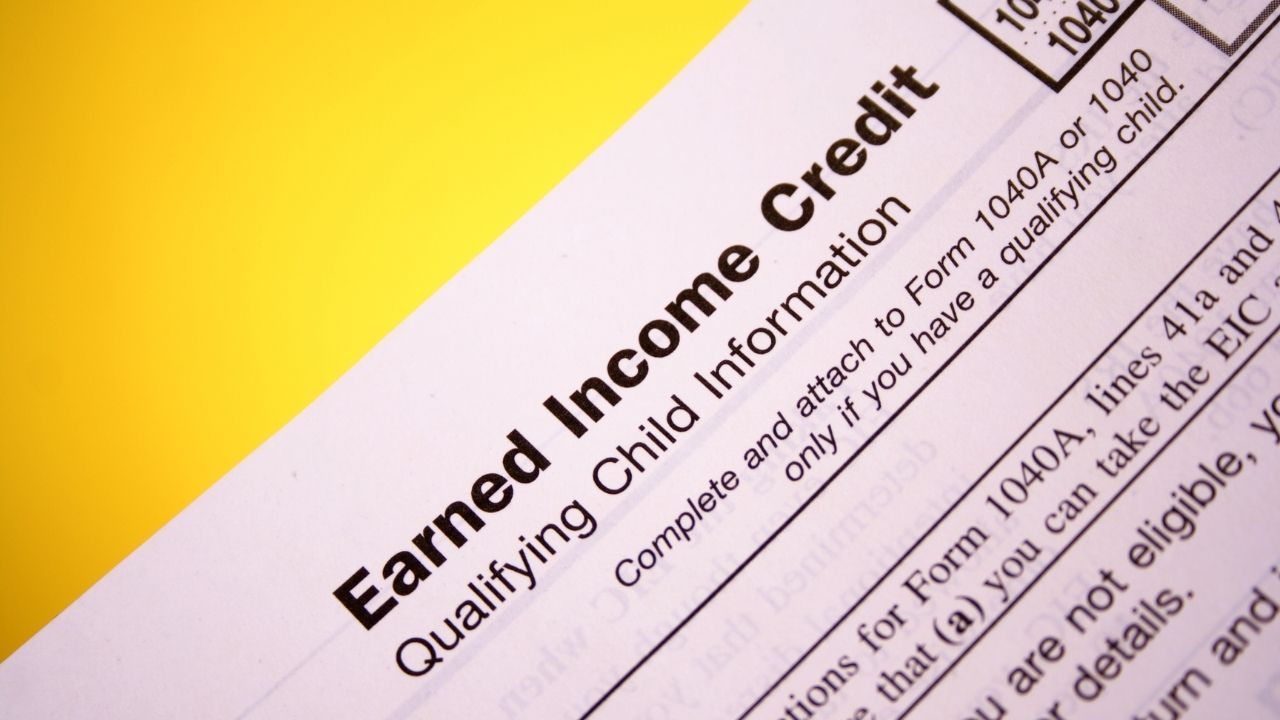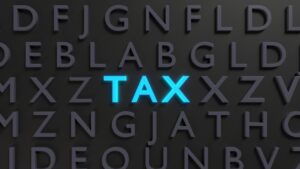Earned income tax credits (EITC) are a popular government policy to enhance the economic stability of low-income working households, especially those with children. Low-income taxpayers may benefit significantly from this reform by being allowed to keep more of their earnings.
The majority of the value of a tax credit is determined by earnings level, marital status, and the number of dependent children.
Age, the filer’s relationship to the child, how long they’ve lived together in the United States, and whether or not the youngster has filed a joint return all influence whether or not that child is qualified to participate. If you do not have a qualifying child, to be eligible for EITC, you must be 25-65 years old at the end of the year, reside in the United States for more than half of it, and not qualify as a dependent of another person.
These are some of the metrics mentioned in EIC table 2021, which would govern your overall credits you are eligible for this year.
The state earned income tax credits, which are also referred to as “tax brakes,” offset the federal credit for low-income taxpayers by lowering their state income tax burden. The current state EITC systems are mostly based on the federal credit, although they differ somewhat in eligibility criteria, calculation methods, refundability, awareness and outreach efforts, and data tracking requirements.





Be First to Comment